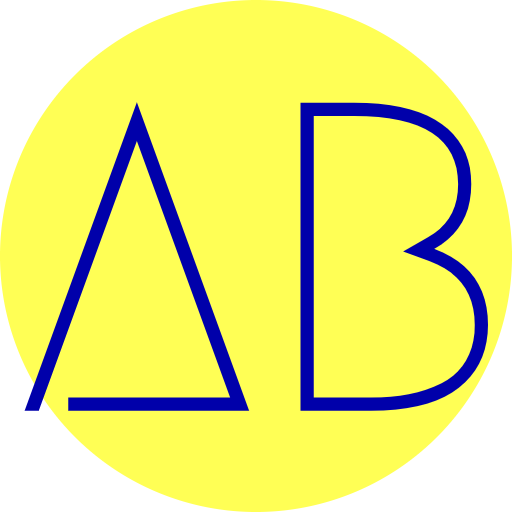We learned about several atomic theories, first proposed by John Dalton in 1803. But did you know about Acharya Kanad's notion of Parmanu proposed before Dalton's theory? Do you know how his 'anu' became the 'amu' of Dalton's theory?
Atom' is a Sanskrit word meaning 'atom'. The concept of Paramanu found in many ancient texts was first given by Acharya Kanada, the father of the Indian atomic theory.
Vedic texts mention the existence of Paramanu, which is imperishable and indivisible particle. Vaisheshika Sutra, a Vedic text, describes the atom as the smallest particle of matter that cannot be separated. His theory states that all matter is composed of atoms, which are indivisible and indivisible. He named this indivisible particle 'Anu' which later became 'Amu' according to Dalton's theory.
Atoms are of different sizes and weights and are in constant motion. This concept of atom has significance in modern physics. It helped develop the atomic bomb and nuclear power
Postulates of Paramanu Kanade
The atomistic hypothesis of particles revolves around the concept of motion. Also, he assumed it to be spherical, so it is in all dimensions and its centrality follows the change principle. It is said in the Vaishika Sutra text that
First, there exist four types of atoms (earth, water, light and air), space (akash), time (kala), direction (disha), infinity of soul (atma) and mind (manas).
Secondly, every matter in creation is connected with molecules (Anu) to form atoms (atoms). Atoms are immortal, and their molecular structure belongs to the empirical material world.
Thirdly, individual souls are eternal and for some time immanent in material bodies.
And finally, there are six classes (substances) of knowledge – substance, quality, activity, generality, particularity and immanence.
After all, he was the first philosopher to describe the essence of the Paramanu in terms of scientific evaluation. His explanation of Atma, Akasha, Kala and Disha was the basis of the Sutras. There was no mention of God and Hindu philosophy in the Sutras which were accepted by atheists.
What is the Vaishika Sutra mentioned above?
The Vaisheshika Sutra by Acharya Kanad (Rishi Kashyap) is an ancient Sanskrit text at the foot of the Vaisheshika school of Hindu philosophy. In the 1950s, a single manuscript of the Vaisesika Sutra was recognized and this manuscript became a part of the Bhasya through Sankaramisra in the fifteenth century. Due to inconsistencies and citations from various religions such as Hindu, Jain and Buddhist literature, scholars doubted its authenticity and claimed it to be from Vaishika sources.
In the late 1950s and early 1960s, new manuscripts of the Vaishika Sutras were unearthed in remote areas of India. These modern manuscripts are quite different from historical literature. Like several important texts and scriptures of Hinduism, the Vaisesika Sutras were subject to distortions, transmission errors and distortions over time.




_amaderab.PNG)














0 Comments